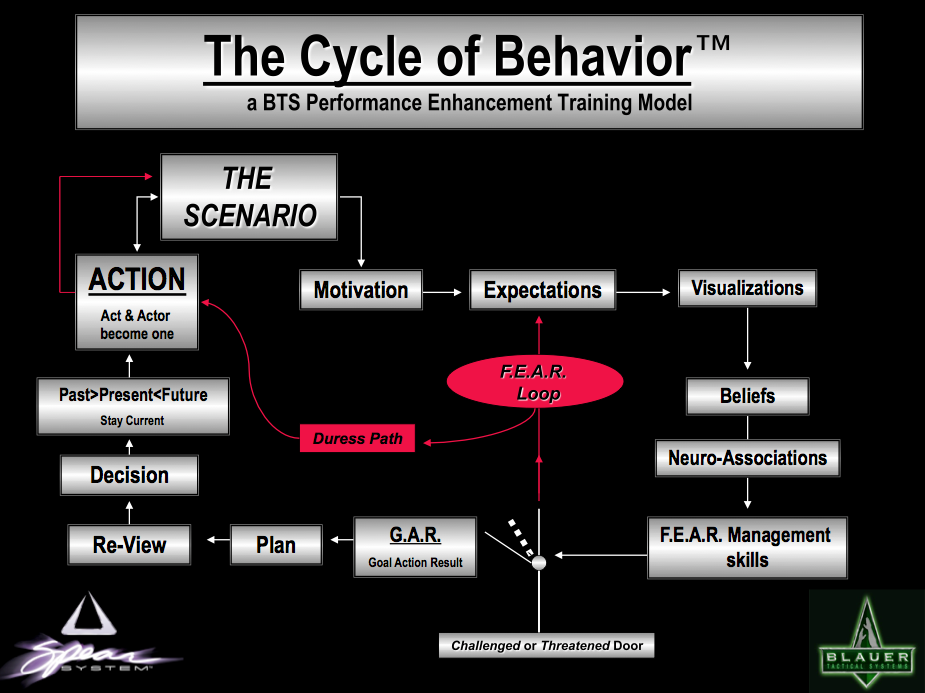The 3 Phases of Kidnapping and How to Prepare Mentally
The 3 Phases of Kidnapping and How to Prepare Mentally
Jaycee Dugard described walking to the school bus stop on the day of a fifth-grade field trip and being zapped with a stun gun on a South Lake Tahoe street at age 11.
In her first public interview since being kidnapped and held for two decades, Jaycee Dugard told NBC’s Dianne Sawyer that she heard her kidnapper, Phillip Garrido, laughing and telling his wife Nancy, “I can’t believe we got away with it” and calling the moment “the most horrible moment in your life, times 10.”
She also said that she was trying to hold back tears because of her cuffed hands. “I tried not to cry because I couldn’t wipe them away,” she said, “and then they get itchy.”
There are approximately 15,000-20,000 kidnappings world-wide and it’s thought that only 1/3 of kidnappings for ransom, extortion and sex-trafficking are reported. Jaycee Dugard’s case is typical of this type of abduction, in which three women were plucked off the streets and held for 10 years in unlawful custody. There are 3 phases that kidnappings typically follow, abduction, subjugation and captivity.
Phase One: Abduction
The abductor is looking for the right circumstances, such as a single young female walking alone late at night in a deserted area. Most kidnappers have protocols that they strictly follow and they usually have very good opsec (operational security) to protect them. They tend to be cautious and meticulous in planning and execution, but once they move, they’re quick, brutal and efficient.
Serial Killer Ted Bundy used charm and created a sense of his own helplessness to lower his victim’s defenses. He would put his arm in a sling and ask for help changing a tire. He was good looking and charming and many women fell victim to his charms. Those who did, soon saw the other side of Ted. He was cruel and sadistic once the women were subjugated.
Phase Two: Subjugation
Once a victim has been kidnapped and the pretenses dropped, the victim will undergo a period of indoctrination. The victim is made to realize the hopelessness of their situation, that resistance is futile and that they’re in an utterly powerless situation. This phase includes physical brutalization, rape, beatings and other humiliation designed to break the victim’s spirit.
Subjugation includes excessive restraints that make escape seemingly impossible. The excessive restraints are designed to make the hope of escape fade and to condition them to their captivity.
Do What You Have To Do
In the interview, Dugard told Diane Sawyer that “there was a switch she had to shut off to emotionally survive her rape and imprisonment.” When asked by Sawyer how she stayed sane, Dugard said, “I don’t know, I can’t imagine being beaten to death and you can’t imagine being kidnapped and raped. You just do what you have to do to survive.'”
When a young elephant is first born in captivity, the trainers will place a manacle on the rear leg of the elephant and restrain the animal with a great chain. As the elephant grows and becomes stronger, it learns it cannot fight against that strong chain. Buy the time it’s an adult, the chain is reduced in size to one it could easily break, but it never tries. It’s conditioned otherwise.
Phase Three: Captivity
Once the individual has been pacified, attempts at escape are usually feeble and not well thought out. In the Cleveland case, the women in captivity would tap on the windows and call for help. But they didn’t throw a chair through the window, or try more radical signaling attempts. Their fear of attempting to signal, or escape and failing coupled with the resulting punishment that would occur, made that seem an unworthy risk.
According to the LA Times, Dugard told Sawyer that her only companion was a spider she named Bianca. “I would live in my own world,” she said. “Physical abuse was all I knew.”
The human mind has an amazing ability to adapt to inhumane conditions. During the captivity phase, the victim will adapt in order to maintain sanity. They may reason that their situation is not that bad, or that they’ll be rescued soon. Sometimes they lose hope and fall into deep depression. We have learned from POW experiences the many ways people learn to adapt to captivity. This includes a wide range of adaptations from feigning insanity to the Stockholm Syndrome of learning to protect the captor.
Heiress Patty Hearst’s captivity is reflective of a range of adaptations. She was kept in a closet, raped repeatedly and beaten as her indoctrination. In the end, she joined with her captors in robbing a Bank of America. Elizabeth Smart experienced daily beatings and sexual assaults. In the end she accompanied her captors in public places without attempting to escape.
The NBC article mentions Dugard told Sawyer that in later years, despite going out into public with her captors, she was just too scared to try to leave, especially for her daughters. The fear was also fueled by what the Garridos told her about the world.
“What I knew was safe,” she said. “The unknown out there was terrifying, especially when thinking about the girls.”
Some captives never adapt. They sit like a tigers in a cage, waiting for the captors to make a mistake and then they pounce. That is what we would like to think of ourselves doing. However, the forces at work on the human psyche are very powerful. Few never go through an adaptation and at some point lose hope of ever being rescued.
Vice Admiral James Stockdale, the ranking POW in Vietnam, was held at the prison known as the Hanoi Hilton for 7.5 years. In an interview for James Collin’s book, Good to Great, he said that the optimists died first.
“Oh, they were the ones who said, ‘We’re going to be out by Christmas.’ And Christmas would come and Christmas would go. Then they’d say, ‘We’re going to be out by Easter.’ And Easter would come and Easter would go. Then Thanksgiving and then it would be Christmas again. They died of a broken heart.”
Besides being brutally tortured* and kept in solitary with other resistors he said, “I never lost faith in the end of the story, I never doubted not only that I would get out, but also that I would prevail in the end and turn the experience into the defining event of my life, which, in retrospect, I would not trade.”
Collins called this attitude, The Stockdale Paradox
“This is a very important lesson. You must never confuse faith that you will prevail in the end,which you can never afford to lose, with the discipline to confront the most brutal facts of your current reality, whatever they might be.”
He drew strength from stoic philosophy, specifically Epictetus’ The Enchiridion. Epictetus was a Greek philosopher who began his life as a slave in Rome and developed a philosophy to deal with uncontrolled harsh conditions.
Key Strategies for escape in circumstances like we’ve addressed in this article, would include understanding house construction, lock picking and defeating restraints. These all require training to be effective and which are offered at onPoint Tactical’s in Urban Escape & Evasion class.
Footnotes
- *Admiral Stockdale’s response to treatment in captivity was heroic:As the senior Naval officer, he was one of the primary organizers of prisoner resistance. Tortured routinely and denied medical attention for the severely damaged leg he suffered during capture, Stockdale created and enforced a code of conduct for all prisoners which governed torture, secret communications and behavior. In the summer of 1969, he was locked in leg irons in a bath stall and routinely tortured and beaten. When told by his captors that he was to be paraded in public, Stockdale slit his scalp with a razor to purposely disfigure himself so that his captors could not use him as propaganda. When they covered his head with a hat, he beat himself with a stool until his face was swollen beyond recognition. When Stockdale was discovered with information that could implicate his friends’ ‘black activities’, he slit his wrists so they could not torture him into confession.” From the website www.admiralstockdale.com
Editor-in-Chief’s Note: Please join us in welcoming Kevin Reeve as a contributor on ITS Tactical. Kevin is the founder of onPoint Tactical, training professionals and select civilians in urban escape & evasion, urban survival, wilderness survival, tracking and scout skills. I’ve personally taken onPoint Tactical’s Urban Escape & Evasion class and highly recommend it as a resource!











Discussion